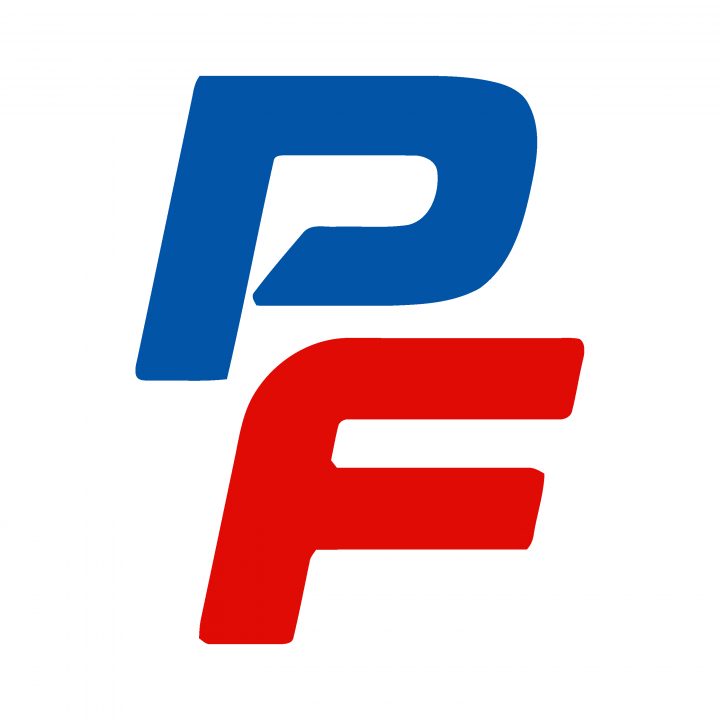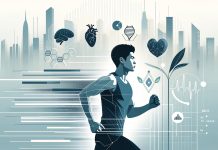Recovery is essential in one’s journey to athletic development. I won’t talk about how getting a massage, doing yoga or foam rolling can do a great deal to your body. Instead, I searched the market for unconventional approaches to rehab and recovery that uses state-of-the-art technology. Here are a few things worth trying:
1. Sensory Deprivation Chamber
Our bodies are exposed to stress and stimulus on a daily basis. We are constantly using one or more senses at the same time. When running, we use our sight, muscles, joints, and mind in order for us to maintain our posture and run faster. Our body is constantly multitasking and like any machine, it needs downtime. What if I told you that there is a way to reboot your body?
It was in 1954 that John C. Lilly, an American physician and neuroscientist, developed the first isolation chamber. The isolation chamber works by removing all possible external stimulus such as sight and gravity. These chambers are lightless, soundproof and filled with salt water at skin temperature.
With the chamber being lightless and soundproof, it allows our minds to rest and not be distracted during the session while being suspended in salt water enables us to float effortlessly. With all the external stimulus removed, all tensions in the muscles and joints will be released creating a vasodilatory effect.
Vasodilation results from relaxation of the smooth muscle cells in arteries which cause an increase in blood flow. This results in an increase in circulation while blood pressure and heart rate are reduced, thus allowing our body to heal. We now enter our most relaxed state and our minds can go into deep meditation.
Notable users of this technology are Carl Lewis, a 1998 Seoul Olympics long-jump gold medallist, Joe Rogan, a UFC commentator turned MMA fighter, and American Basketball Superstar, Stephen Curry. Curry even has his own chamber in his home and uses it every two weeks as part of his training recovery.
Here’s where you can try the chamber for yourself:
Float Manila
2. Cryotherapy
Sprained your ankle? Do your knees hurt after you run? We all hear our doctors and physical therapists advice to ice it. Well, this next unconventional rehab took it up a notch.
Enter cryotherapy into the list. Cryotherapy is very familiar to doctors as it was originally used as a method of localized surgery known as Cryosurgery. Cryosurgery uses localized freezing temperatures to deaden a nerve, treat malignant and benign tissues. In 1970, the first Cyro pod was created in Japan which was used for pain management of rheumatoid arthritis.
Cryotherapy involves the exposure of an individual to extreme colds below −100 °C for 2-4 minutes. Exposing the body to extreme coldness has an anti-inflammatory effect and helps relieve the symptoms of muscle fatigue. Cryo is recommended right after or a day after one’s heavy training as its target is to kick-starting the body into recovery to prevent delayed onset muscle soreness (DOMS).
You can book a cryo session at Contour Rehabilitation and Wellness:
Contour Rehabilitation & Wellness. https://www.contour.ph/ice-lab-by-contour.html. 3/F Don Gesu Building, Don Jesus Boulevard, Alabang Hills, Muntinlupa City, Philippines 1771.
3. Infrared Saunas
Next on the list is the latest not so new thing….infrared saunas. Unlike your typical saunas which heat the air around it, infrared saunas use far wavelengths of light to heat the body instead.
So instead of sitting inside a damp hot room where you sweat, infrared saunas are actually cozy and dry. The electromagnetic waves released by Far Infrared Saunas (FIR) can penetrate the skin by as much as 1.5 inches deep. FIR increases the vibration of water molecules in our body which cause an increase in temperature resulting in improved blood circulation.
Notable users of infrared saunas are Gwyneth Paltrow, Lady Gaga, and Selena Gomez.
Organix Nutriceutical International Inc. , Unit 404 Richbelt Tower Condominium 17 Annapolis St. Greenhills San Juan, MM.
4. Intravenous Nutrient Therapy (IVNT)
Intravenous Nutrient Therapy may be new to our ears but it has actually been used for over 20 years. Elite athletes such as marathoners, cyclists, and triathletes have been using it as a quick recovery medicine after a race or intense training session. Why would you need to rush the recovery process, right? Isn’t eating and drinking the fluids and nutrients lost enough?
The faster an athlete can hydrate, the better. Under stress, blood flow in the stomach is redirected to fatigued muscles, resulting to a decrease in digestion and absorption of nutrients. The problem lies here as nutrients don’t get fully absorbed while making its way to the stomach.
To add to that, nutrients aren’t fully absorbed by the body as it gets broken down even before reaching the stomach. IVNT solves this by bypassing the GI tract as the vitamins and minerals are injected directly into the bloodstream which results in quicker and concentrated nutrient absorption.
You can get your doses here:
Mind Works. www.mindworks.com.ph. Multiple branches.
5. Hyperbaric Oxygen Treatment (HBOT)
Want to know the secret of elite athletes like Michael Phelps, Lebron James, and Tim Tebow? They are great athletes not just because of how hard they push themselves in training, but also on how they take care of themselves. These athletes are known seekers of hyperbaric oxygen treatment (HBOT). Ranking on our list is another chamber of some sort.
HBOT administers 100% oxygen at higher than normal pressure on patients. During the session, the patient is put inside a chamber where he will be inhaling 100% oxygen. With the lungs full of pure oxygen, the blood’s oxygen level is increased which results in an increase in oxygen to the brain and muscles. Oxygen flowing through our muscles promotes healing and the removal of lactic acid, which is one of the causes of muscle fatigue.
Give it a try at the following clinics:
Life Science Center for Health and Wellness. 8F ACCRA Law Tower 2nd Ave. cor 30th St BGC, Taguig, Philippines
Advance Hyperbaric Life-Support Inc. #11 Tagdalit, Brgy. Manresa, Quezon City, Philippines
6. Gong Bath/ Sound Healing
A healthy body needs a healthy mind. As we’ve all logged the long training hours and have gone through mind-numbing mileage, we also need to pay attention to our mental health. Last but definitely not the least, we have Gong Bath.
Music affects our mood in a way that can help us shift from a relaxed state to getting ourselves pumped up for a race. Gong bath uses sound as a means of therapy by soothing our senses to bring us into a state of meditation.
To get a better grasp on how gong baths work, we can compare it to the rippling effect of a pebble thrown into a still lake. Our bodies are made up of 70% water and the sounds the gong make is the pebble. The sound the gong makes will resonate throughout our body and help us relax. As we bathe in waves of sounds, our brain responds by relaxing which affects our breathing and heart rate.
Gong Baths are administered by using, aside from the actual gong, crystal bowls, and tuning forks to create a symphony of meditative sounds. The instructor slowly brings up the intensity of the sounds so as to not shock the senses of the participants. During the session, participants are advised to lie down and let go of all thoughts and let the sounds take over.
You can try out a gong bath session here:
Kundalin Yoga Manila
Sources:
Sound Gong Bath | Natural Awakening| Float Center| Encyclopedia| Business Mirror| Sports Illustrated| Regenerative Performance| The Star | Runner’s World| Neuraperformance| Progressive Medical Center






